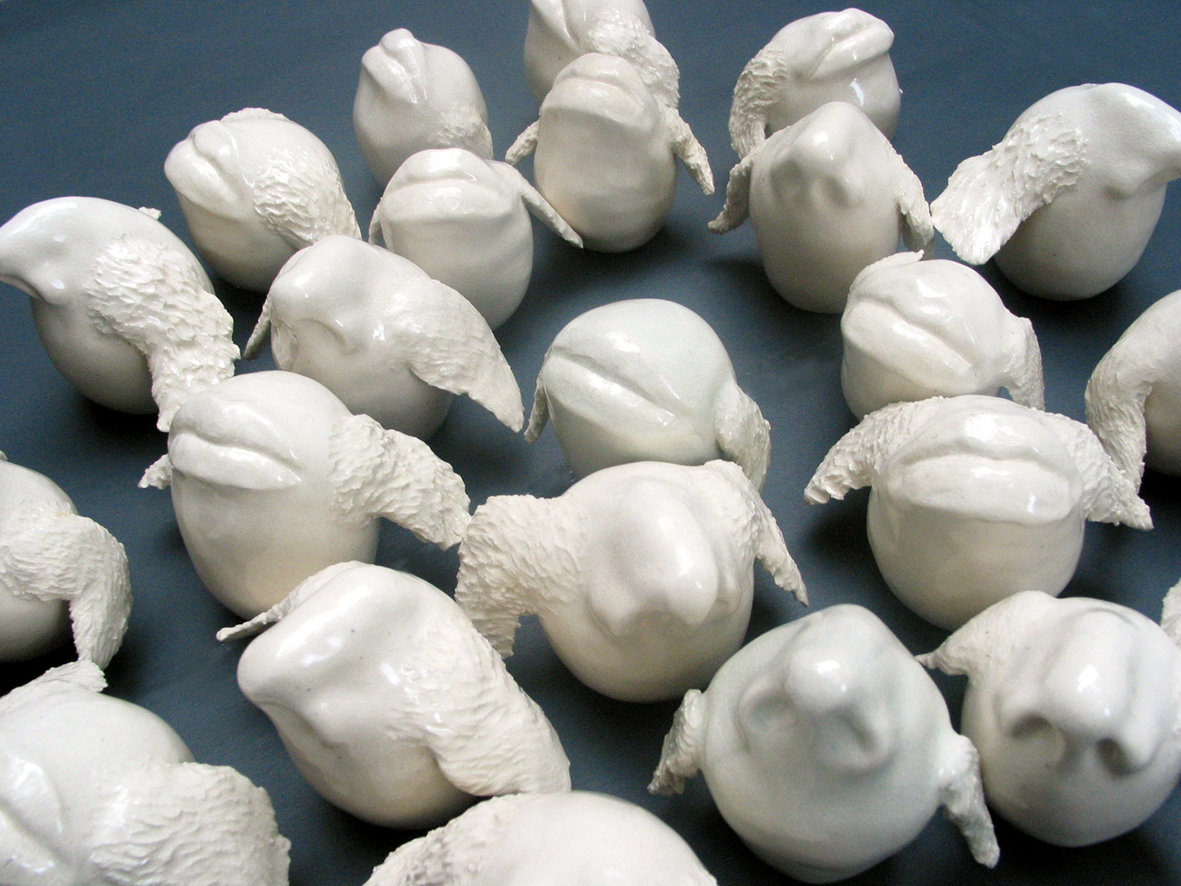
Exhibition7 Oct – 6 Nov 2004
Artificial Happiness
This exhibition reflected on the rapid development of the Chinese economy in recent years. More and more Chinese people have access to a disposable…
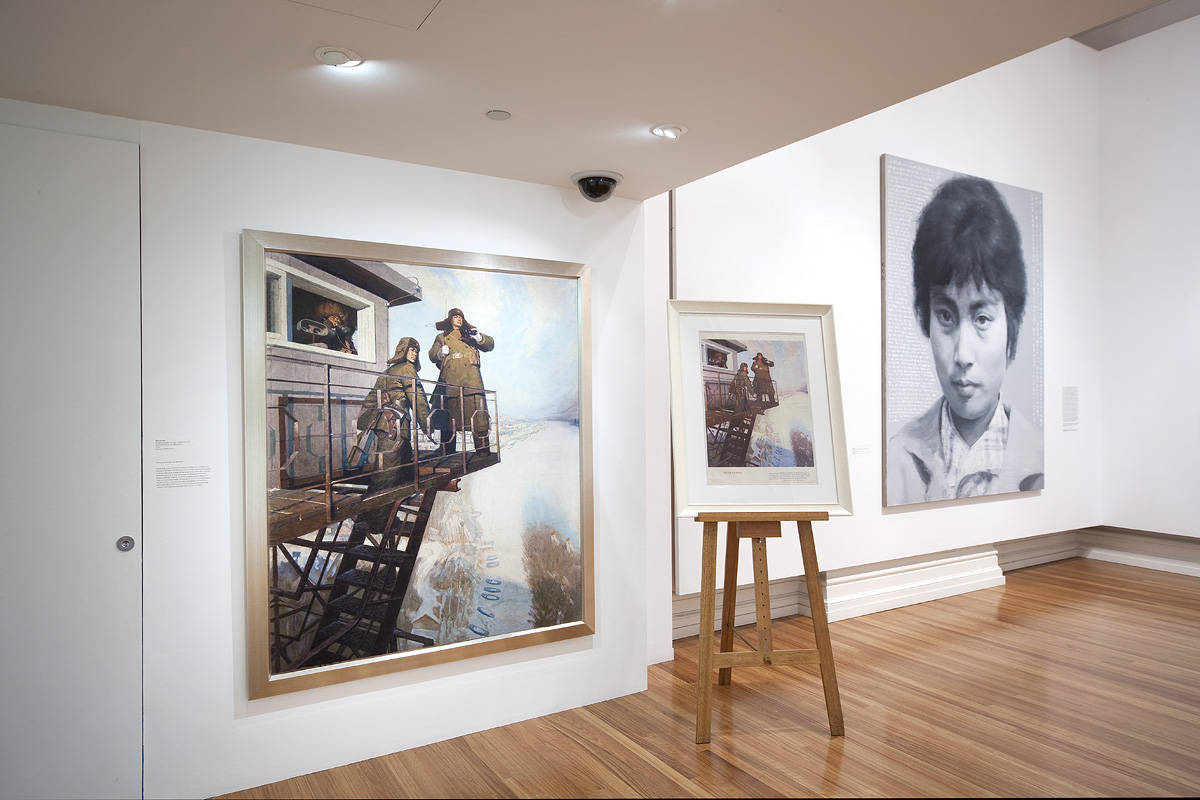
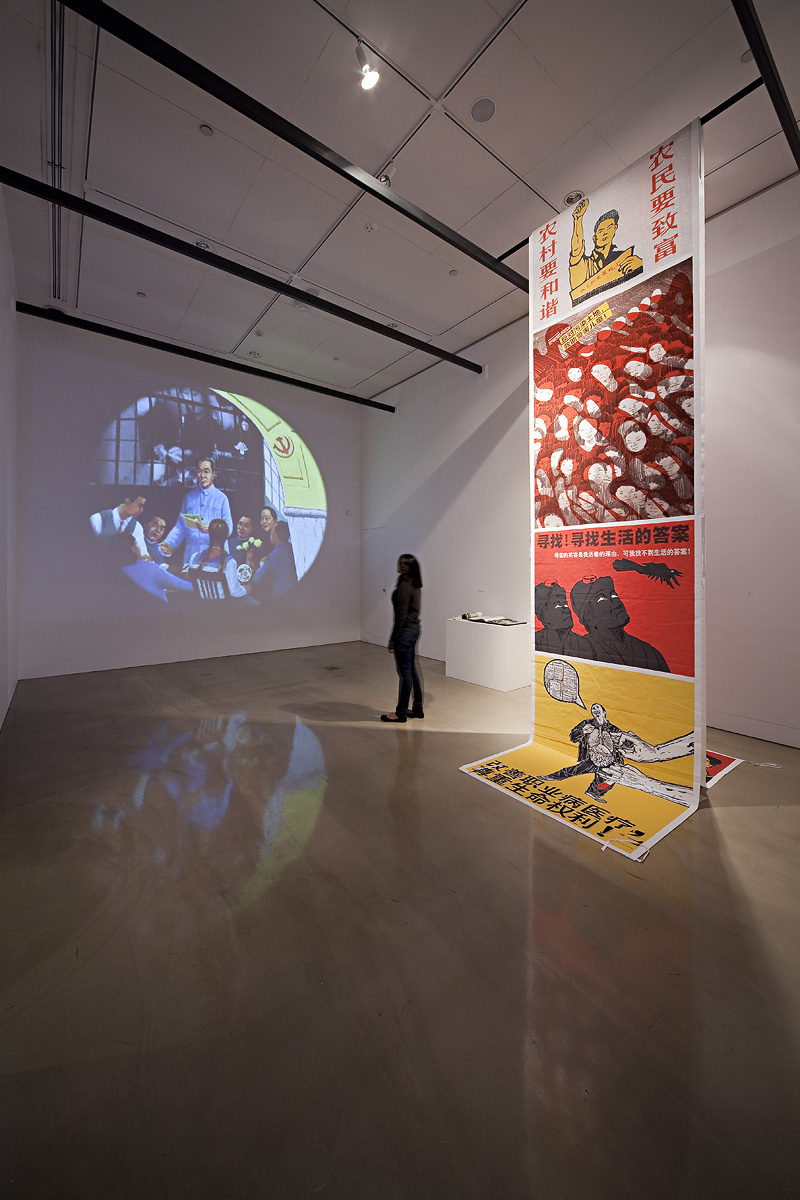
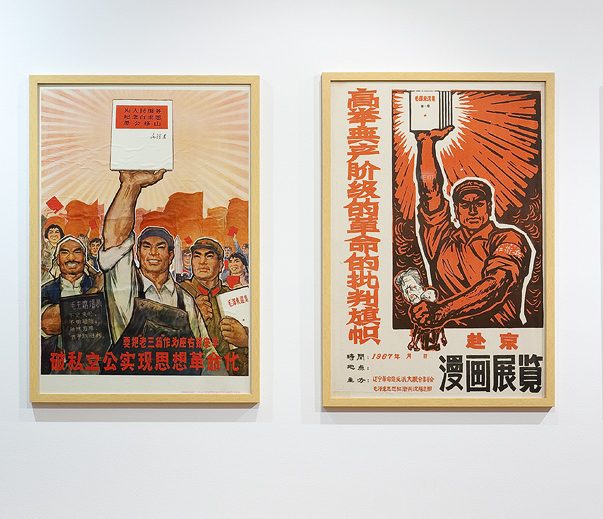
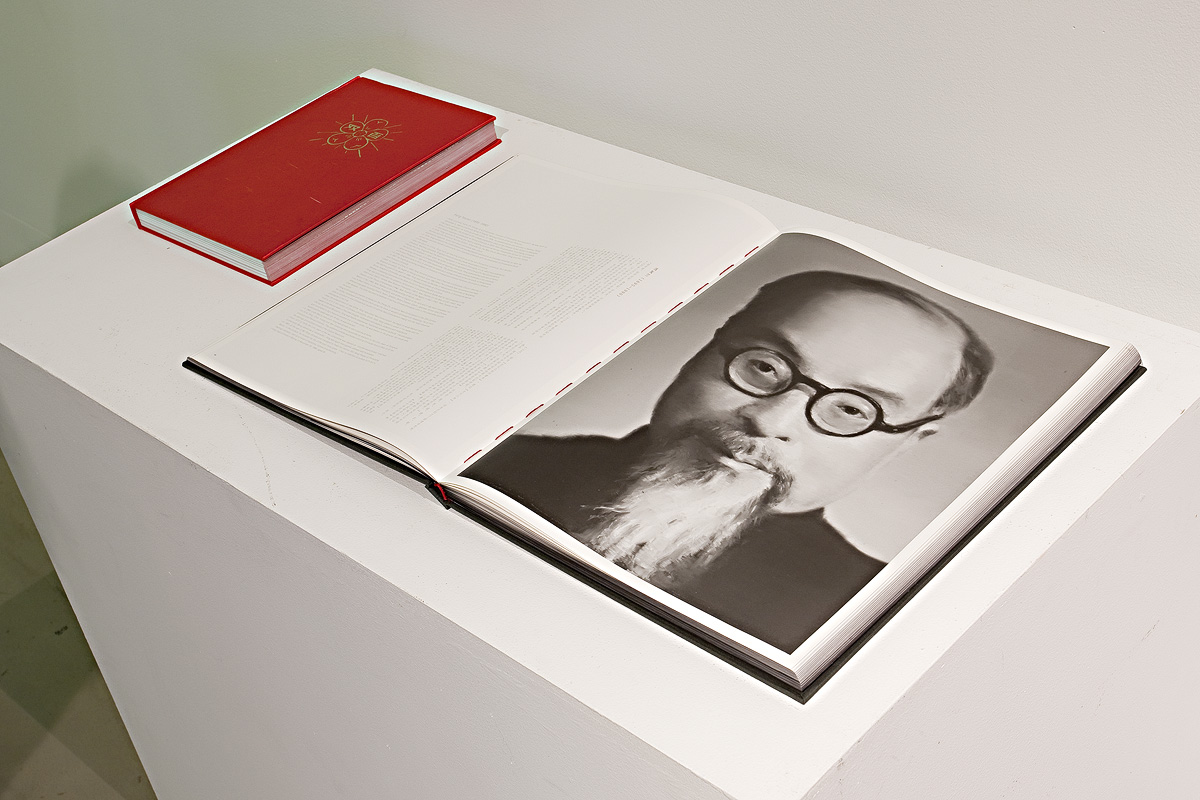
‘China and Revolution’ explores the relationship between poster art of the 1960s and 1970s and contemporary artists whose work engages a conscious dialogue with that period.
From 1966-1976, China experienced the Great Proletarian Cultural Revolution (GPCR). This involved a series of extraordinary political events, which destroyed lives, stopped careers, defined language and aesthetics, and has been framed retrospectively as 10 years of chaos.
For many Chinese individuals now aged over 40, the memory of those years and the knowledge of the effects that they had on their childhoods, adult relationships and career ambitions, are still acutely painful.
This exhibition emphasises connective possibilities between past revolutions and the present, and between history, memory and forgetting. It is part of an Australian Research Council-funded research project which investigates how historical works are produced outside the pale of state approvals, and what educative, emotional and restorative functions this work might achieve for China and the new generations.
China and Revolution features original posters from the University of Westminster’s extensive collection and works from collaborating artists Liu Dahong, Shen Jiawei, Li Gongming and Xu Weixin.
China and Revolution is co-curated by Professor Stephanie Hemelryk Donald, Dean of the School of Media and Communication at RMIT University, and Professor Harriet Evans, Coordinator of Asian Studies Research at the University of Westminster.
Professor Donald said that while the Great Proletarian Cultural Revolution might have been antithetical to the practice of art, the “propaganda” poster art produced as a result in the 1960s and 1970s inspired many contemporary Chinese artists.
“The exhibition examines a period of Chinese history that is rarely examined closely and often dismissed as ’10 years of chaos’,” Professor Donald said.
“It aims to open dialogue between the past and present through the work from artists who experienced the revolution first-hand, as well as through the display of original political posters carrying political messages to the Chinese masses.”
RMIT Gallery Director Suzanne Davies said visitors will be able to immerse themselves in vibrant audio and visual reminders of the Cultural Revolution.
“We anticipate the animated rendition of the radio call to daily exercises that broadcasted in China at the time will bring back powerful memories for many.”
Sydney-based self-taught artist Shen Jiawei, whose youthful achievements as a monumental painter in China in the mid-1970s were well known, will speak with Professor Donald at RMIT Gallery on Friday 21 January about the fate of a painting and artists in the Cultural Revolution.

Exhibition7 Oct – 6 Nov 2004
This exhibition reflected on the rapid development of the Chinese economy in recent years. More and more Chinese people have access to a disposable…
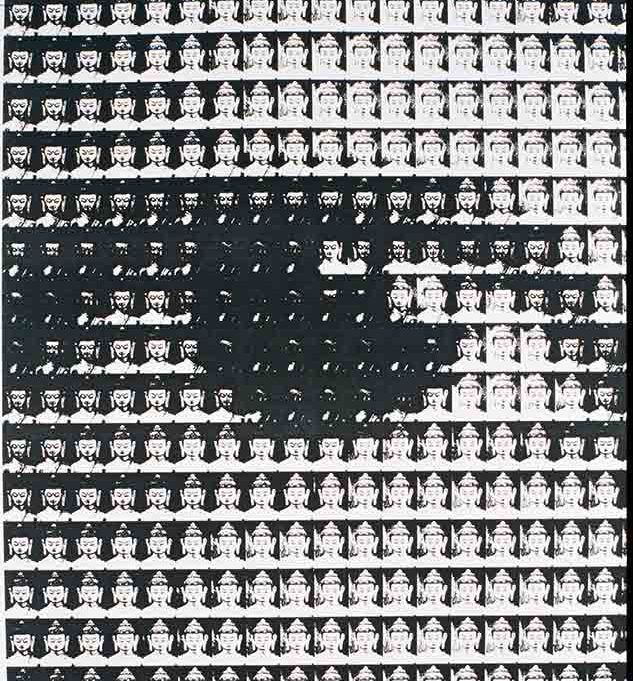
Exhibition7 Aug – 12 Sep 2009
The first major solo exhibition of Chinese-Australian artist Liu Xiao Xian is now showing at RMIT Gallery. One of the most compelling…